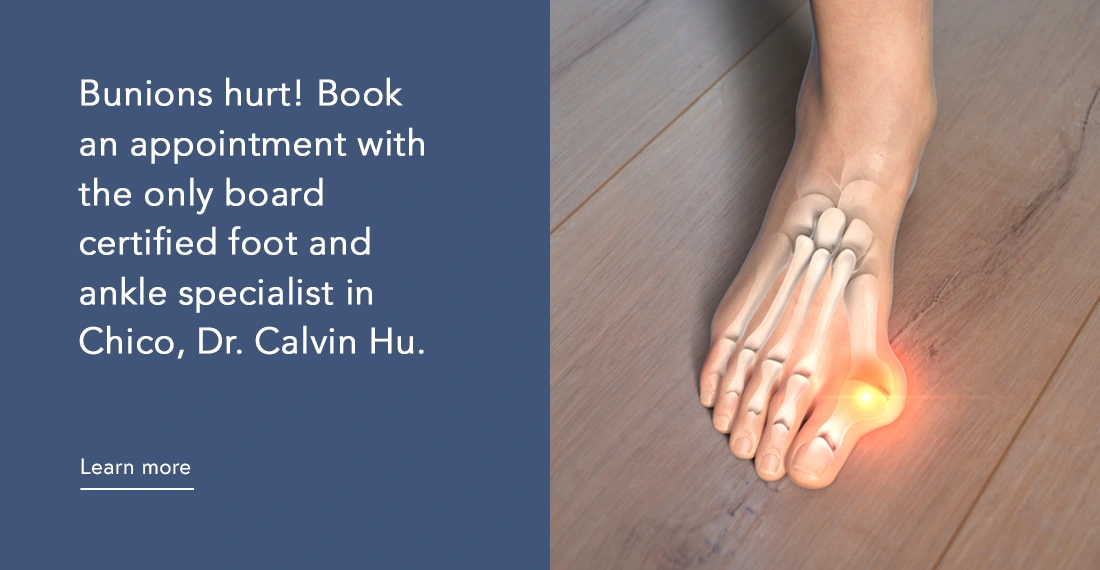Fracture and Stabilization
What is a Fracture?
There are a number of ways a bone may be fractured (multiple pieces, length, across).
Common Causes
- Trauma: a physical injury, like a fall
- Osteoporosis: bone becomes fragile and more likely to break
- Overuse: repetitive motion can result in a stress fracture and it is common in athletes.
Fracture Types
Bones have the ability to somewhat bend when an outside force is applied, but if the force is too strong, the bone will break. Bone fractures depend on the force that caused it. Common types of fractures are:
- Open fracture: the bone breaks in a way that causes a bone fragment to pierce through the skin.
- Stable fracture: the broken bones are slightly out of place.
- Transverse fracture: horizontal fracture line
- Oblique fracture: angled pattern fracture
- Comminuted fracture: bone shatters into multiple pieces
Learn more about the following fractures
Knee
Hip
Hand & Wrist
Foot & Ankle
Symptoms
- Pain
- Swelling
- Tenderness
- Bruising
- Deformity: bone puncture through skin or it may look out of place
Examination
The doctor will likely recommend an x-ray to evaluate the fracture. The x-ray shows whether a bone is intact, broken/fractured, and where it is located within the bone.
Treatment
Broken bones have to be stabilized until it has the strength to handle movement and its own weight. Bone fragments are repositioned into their normal alignment during surgical procedures. The bones are held together by immobilizing the break with a cast or specific type of brace. At times, “internal fixation” may be necessary to immobilize the break by placing special implants, such as screws, wires, and plates to maintain stability during the healing process.
Internal fixation allows patients to have shorter hospital stays, earlier functions, and reduce the chance of improper healing of the broken bone(s). Implants used for internal fixation are made of stainless steel, titanium, cobalt, and chrome. The cobalt and chrome implants can be used for joint replacement.
Cast immobilization, or special bracing can be used to stabilize the fracture. This is a common type of fracture treatment because most broken bones can heal successfully if they are realigned properly with the help of a cast or brace used to stabilize the bone.
Implant Types
- Plates: Internal splints used to hold broken pieces of bone together. Screws are used to attach the plate to the bone.
- Screws: Most often used for internal fixation. Screws can be used to hold a fracture, as well as hold plates and rods.
- Nails & Rods: Used to hold fractures of the long bones by inserting the implants through the hollow center of the bone that contains marrow. Screws are used at the end of the rods to keep the fracture from rotating or shortening.
- Wires & Pins: Often used to hold bone that is too small to be fixed with screws.
- External: Used to stabilize broken bones in their proper position. Small incisions into the skin and muscle are needed to place metal pins and screws into the bone. The pins and screws are also attached to a bar that is outside of the skin. This method is a temporary treatment for fractures until the patient is healthy enough for a longer surgery.
Recovery Time
Depending on the extent of the injury, a fracture can take several weeks to several months to heal. Muscle strength in the injured area will most likely be lost. The patient might need to continue to limit their movement after their cast has been removed.
Prevention
Having a proper diet that is rich in calcium and Vitamin D promotes healthy bone strength. Strength exercises will also help strengthen bones.





